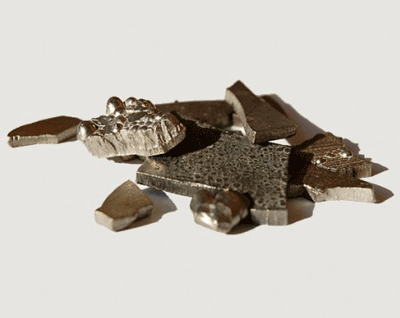Wooden batteries: A solution to sustainable electricity?
Scientists discover efficient, affordable solution to storing energy
No, we’re not going to be cutting down trees for batteries now. What researchers have discovered is that the biological waste products from making paper can actually be used to produce cathodes in rechargeable batteries.

This is an exciting discovery that could provide the industry with a big step toward a more affordable and sustainable solution to storing energy.
A closer look
When paper is produced, its lignin content is removed to leave behind the wood fiber’s other main polymer, cellulose. As a result, the waste from paper mills, best known as black or brown liquor, is mostly water and lignin.

A paper in this week’s Science, authored by Dr. Grzegorz Milczarek of Poznan University of Technology (Poland), and Dr. Olle Inganas of Linköping University (Sweden), reports that lignin can store an electrical charge and be used to create a viable cathode in rechargeable batteries.
Dr. Inganas reports that he drew his inspiration for this project from the process of photosynthesis; specifically, the act of electrons charged by solar energy being transported by quinones (electrochemically active molecules).
To use the quinones as charge carriers for batteries, Dr. Inganas and Dr. Milczarek blended a lignin derivative with a conductive polymer called pyrrole. This resulted in a film 0.5 microns thick that provided the electron and proton receptors necessary to be used as a cathode.
Editor’s note: polypyrrole is not as cheap to come by as lignin, but when you compare it to the cost of some of the metals now being used in rechargeable batteries, they’re a much more affordable alternative.
Measurements showed that the lignin-polypyrrole concoction made for a pretty effective cathode. When an electrical charge was applied, the quinones in the lignin shed a proton, and stored the charge in its place. The polypyrrole, in turn, held onto the protons, and allowed them to return to the lignin once the stored charge was released.
The duo found that different types of lignin derivatives offered different levels of performance. They also found that the battery couldn’t hold onto the charge for that long just yet.
The good news is that the study is in its early stages, so there’s still room for improvements. ■
Via: Linkoping University press release
Article: Renewable Cathode Materials from Biopolymer/Conjugated Polymer Interpenetrating Networks (for purchase)